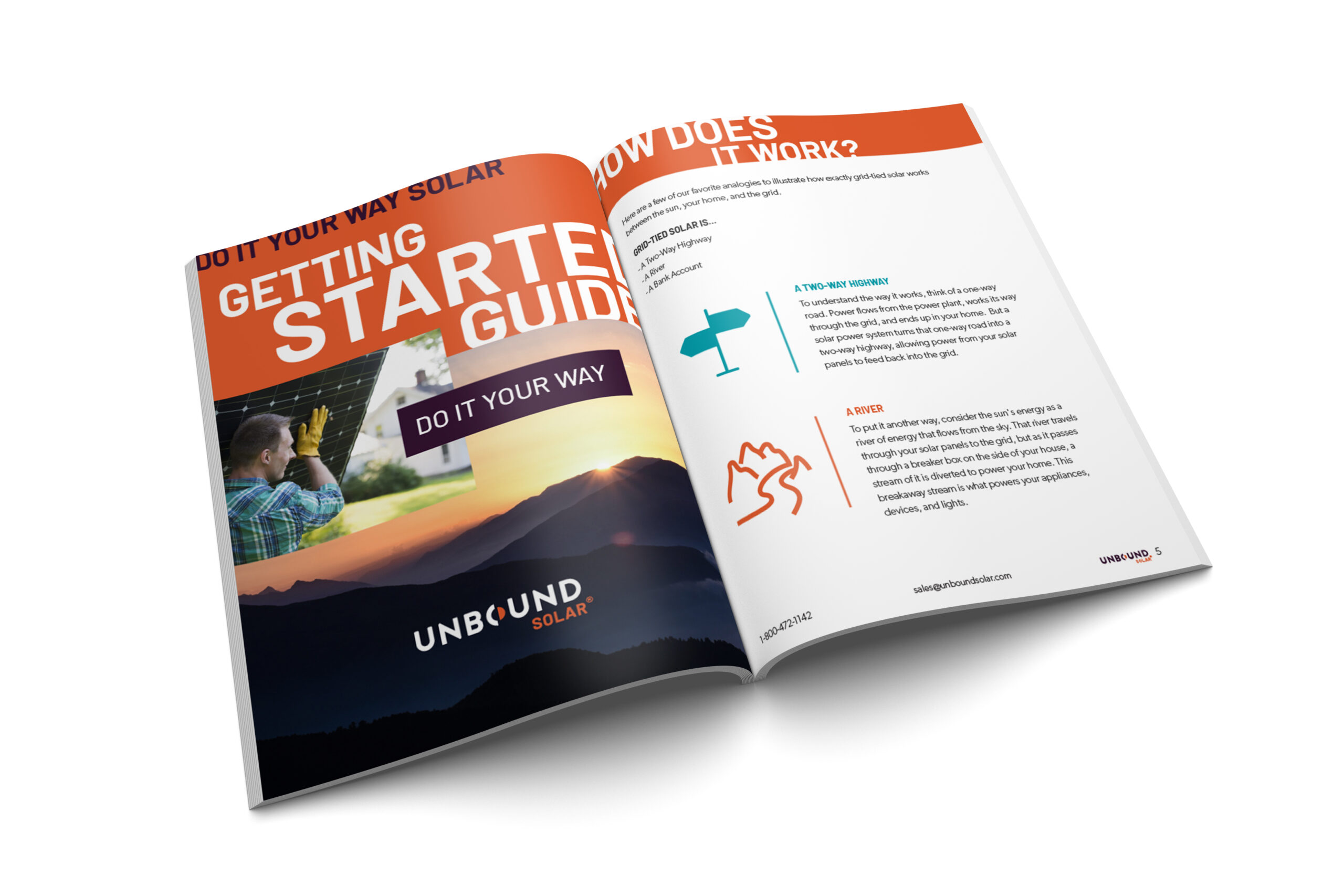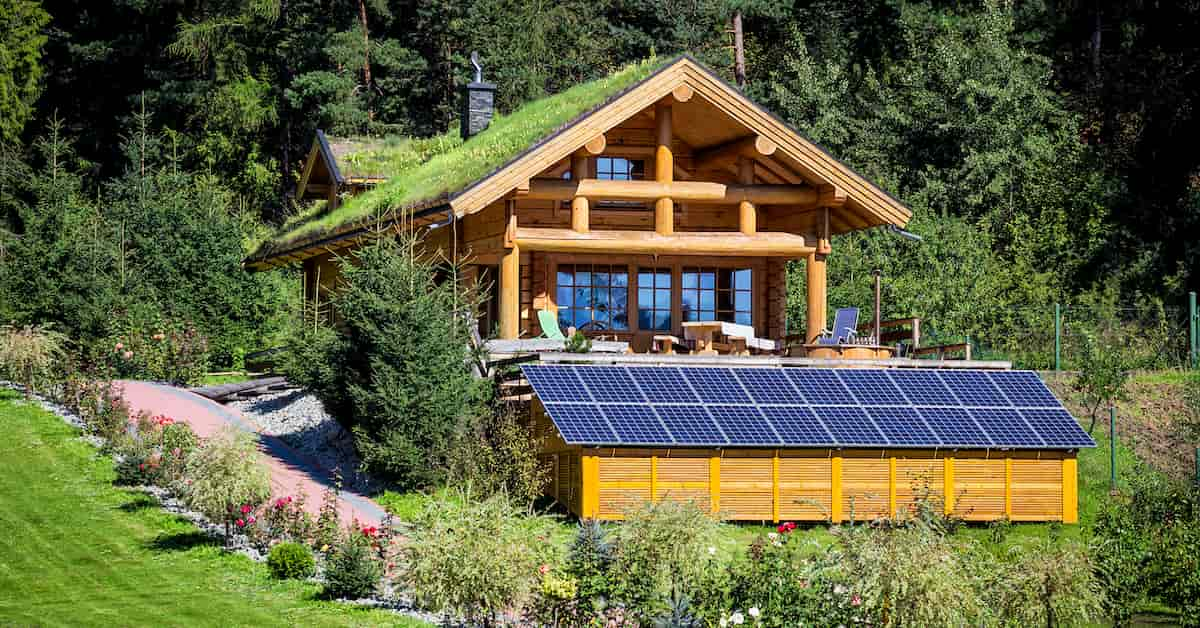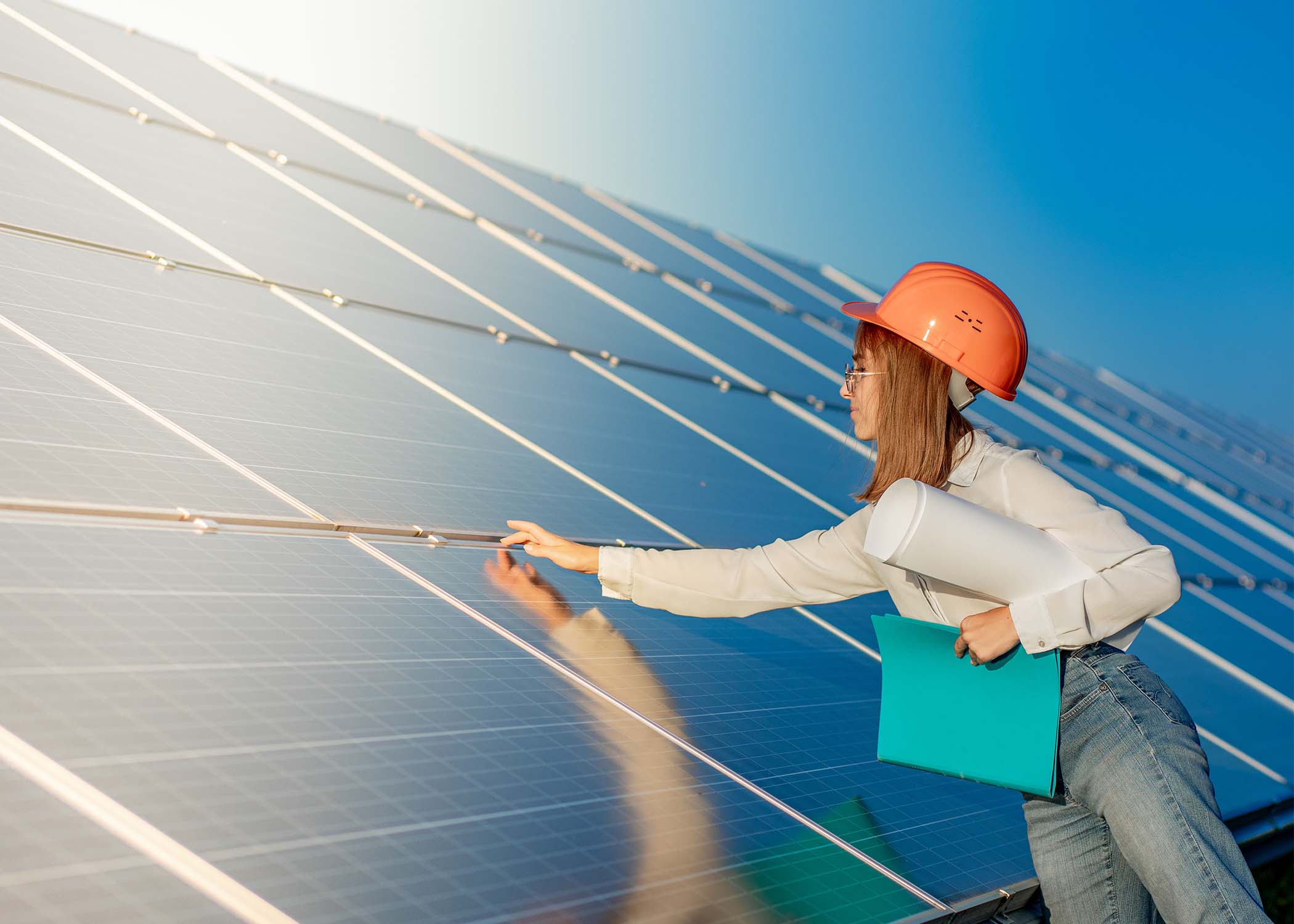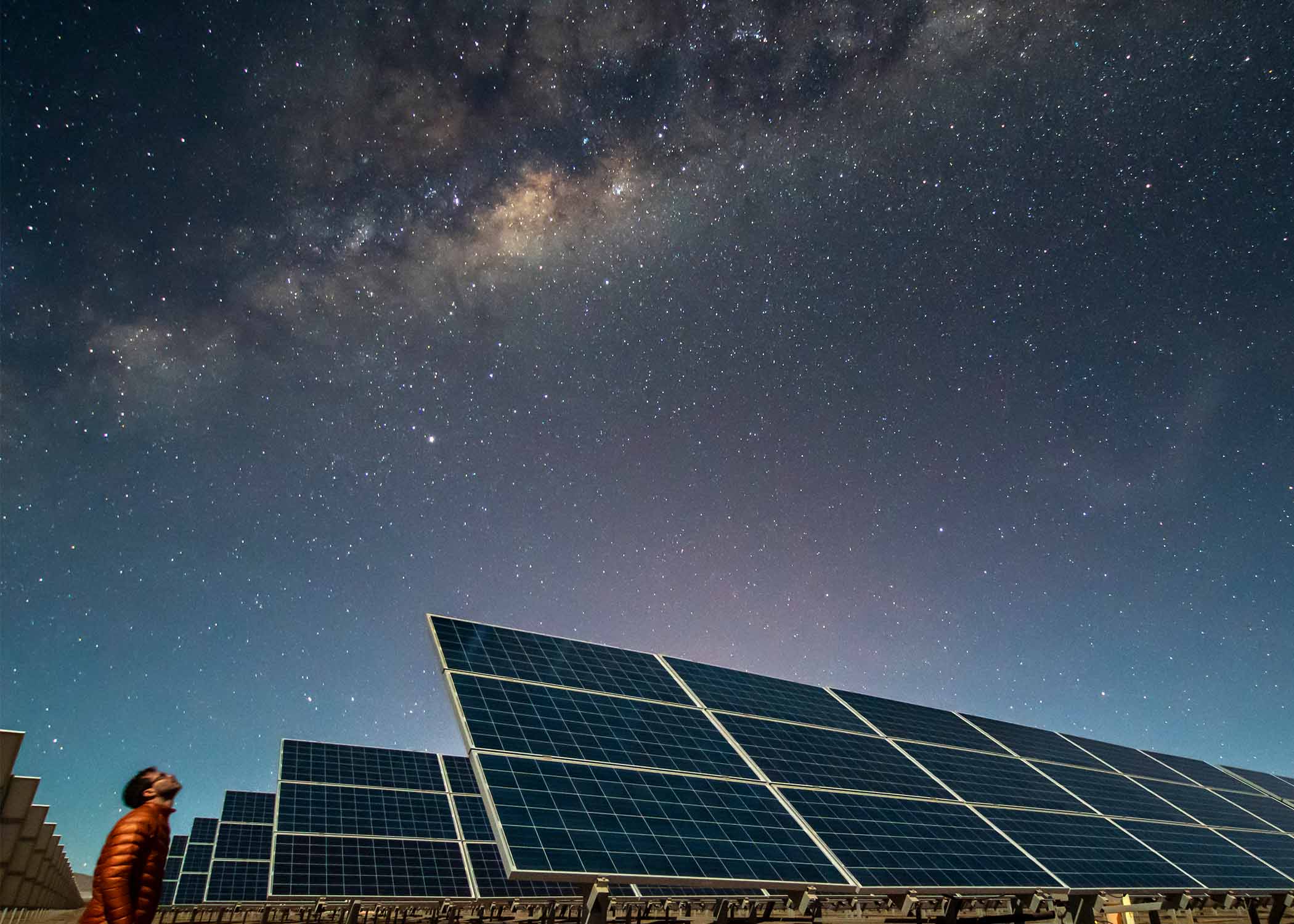We’re huge advocates for solar energy, but we recognize it isn’t the right solution for everyone. While solar is sustainable and ultimately cheaper than utility power in the long run, it also requires a significant up-front investment and doesn’t work for every property/roof type.
The ultimate question is whether the advantages of solar power outweigh the disadvantages. In this article, we’ll present the pros and cons of solar energy so that you can decide if going solar makes sense for you.
Advantages of Solar Energy
- Energy independence
- Eliminate electric bill
- Profitable investment
- Strong government incentives
- Sustainable
- Low maintenance
- Improves property value
Disadvantages of Solar Energy
- Expensive upfront
- Takes up space
- Energy storage is expensive
- Not right for every property
- Makes less sense if you rent
Advantages of Solar Energy
1. Energy independence
Traditionally, most people depend on the utility company to supply them with power. When the grid goes down, going without power for an extended period of time can be a helpless feeling.
If you own a solar system with energy storage, you can keep generating power during emergencies. That peace of mind is invaluable if you live in a place with an unreliable power grid, or are regularly threatened by severe weather conditions like tornadoes and hurricanes.Utility power also restricts people who want to live off the grid, like a remote hunting cabin. Solar can generate energy where it would be too expensive to run power lines.
It’s liberating to have complete control over where and how you produce energy. And with electricity costs rising, it also feels great to lock in a fixed rate for your electricity over the next few decades.
2. Eliminate your electric bill
Who doesn’t love one less bill coming out of their paycheck? With a properly sized system, you can drastically reduce or completely eliminate your electric bill.
Even if you extend your payback period by taking out a loan to finance your project, you still enjoy reduced electricity costs from the moment you flip the switch on your PV system.
This is the most exciting part of solar for many people: bringing the system online and watching their power bill disappear.
3. (Grid-tied) solar is a profitable investment
If you buy a grid-tie system (the type of system you build if you have access to power lines), you can expect your investment into solar to turn a profit in the long run.
Assuming the national average cost of electricity, it would take about 6.08 years to recoup your investment into a $10,000 system. Beyond that point, you start to generate a profit from your system.
In fact, over the 25-year life of the solar panel warranty, we estimate you would earn $31,031 on energy bills after clearing the initial payback period.
4. Lucrative government incentives
The investment into solar becomes even more appealing when you take government incentives into account. State and federal programs are in place to encourage people to invest in renewable energy. Claiming these can put a ton of cash back in your pocket.
The main incentive is the 26% federal tax credit for going solar. Under this program, you are eligible to receive 26% of the total installed cost of your system as a tax credit at the end of the year.
This credit is a dollar-for-dollar reduction of your tax liability. Every dollar in credit is a dollar less that you pay in taxes at the end of the year. So if you buy a $10,000 system and receive a $2,600 credit, you will owe $2,600 less in taxes at the end of the year.
While the federal tax credit is the largest solar incentive, don’t skip out on local incentives, either. Depending on where you live, certain jurisdictions offer local incentives that can be claimed in addition to the federal credit.
5. Sustainability
A sustainable energy source is one that we can use without depleting the source of power. Oil and gas are not sustainable, because we consume those resources as we use them.
In contrast, solar is sustainable because the source of energy (sunlight) is constantly replenished. We can use solar energy without worrying about whether we will deplete the Earth’s natural resources for future generations.
6. Low maintenance
Solar systems don’t have a lot of moving parts. As a result, they rarely break down or require maintenance to keep them running optimally.
Panels are warrantied to last 25 years, but many have a much longer lifespan. (See our article “How Long Do Solar Panels Last?” for a study on the true lifespan of panels.) You rarely, if ever, need to fix or replace panels.
It’s common to replace your inverter at least once over the life of your system, as inverters are typically warrantied for 10-15 years. But that’s about the only scheduled maintenance you will encounter for grid-tied systems.
Off-grid systems are a bit more complex because they must include batteries, which often require routine maintenance. Specifically, flooded lead-acid batteries (the cheapest option available) must be checked and refilled with water regularly to keep them functioning properly.
However, building a grid-tied system eliminates the need for batteries, so most people will rarely need to check in on their system for maintenance or replacements.
7. Improves property value
Studies of the real estate market have proven that homes equipped with a solar power system sell for more than their non-solar counterparts.
In fact, the Lawrence Berkeley National Library conducted research that shows that solar homes fetch an extra $14,329 on average, a 3.74% increase over non-solar homes.
It’s no question that solar power systems substantially increase property value. Homebuyers see solar as a major selling point, and they’re willing to pay a premium to move into a solar-powered home.
Disadvantages of Solar Energy
1. It’s expensive to get started
Solar is expensive – at least upfront. To build a system that would power the average American home (which uses 897 kWh of electricity every month), you might pay $8,000-$10,000 depending on the products you choose.
That doesn’t include the cost of shipping or installation.
Of course, you’re paying for at least 25 years of energy production upfront. In the long term, you break even on the investment and start to make money, but that doesn’t change the fact that not everyone has thousands of dollars in their pocket to get their solar dreams off the ground.
The up-front cost is the main barrier to going solar. Financing options are available, and the payback period is quite favorable even when you take interest into account. However, not everyone wants to be on the hook for loan payments.
2. It takes up a lot of space
Standard solar panels measure 39” wide by either 66” to 72” tall (for 60-cell and 72-cell panels, respectively).
To offset the national average of 897 kWh of electricity per month, you’d need at least 24 panels. In an 8×3 configuration, that system will be 26 feet wide by 44 feet tall. That’s going to take up a lot of room on your roof or in your yard.
Most people opt for a roof mount because it takes advantage of space that would otherwise go unused. If you need to design around odd angles and obstructions, you can always split the panels into sub-arrays, like our customer Luis did when he built his system:
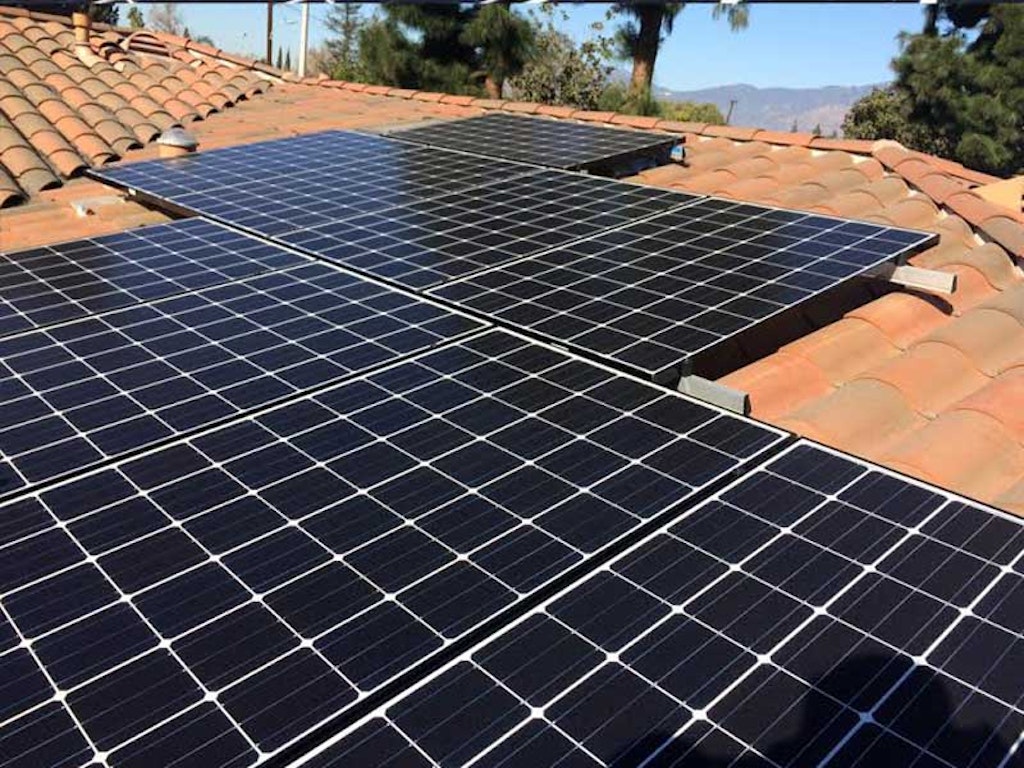
3. Energy storage is expensive.
Batteries are the single most expensive component of a solar power system. Not all systems require batteries, but they become mandatory when you go off the grid. They are also required if you need to supply backup power to your grid-tied property.
(Grid-tied systems don’t automatically provide backup power during outages. That’s a common misconception. For backup power, you need a grid-tie system with energy storage – essentially, a battery designed to work with grid-based systems.)
Expect to pay a lot more money when you add batteries to a system. Battery banks cost at least a few thousand dollars, and if you buy high-end lithium batteries for a full-scale off-grid system, that’s easily a 5 figure investment into the batteries alone.
Furthermore, batteries don’t last as long as the other parts of your system. Lead-acid battery warranties range from 1 to 7 years, meaning you’ll replace them 4 or 5 times before the panel warranty is up.
Lithium batteries justify their high price tag by lasting 10-15 years, but you’re still in for at least one replacement over the life of your system.
4. It’s not right for every property
Not every property is a good fit for solar power.
Some properties are simply too cramped to find any space to build a system. Others are covered in shade and wouldn’t get the sunlight required to generate enough energy.
While there are technologies like shade optimizers and custom racking to mitigate these concerns, they only accomplish so much. If you don’t have anywhere to put your panels, it’s going to be a real challenge to make solar work for your home.
5. It’s better if you own your home (and won’t be moving for a while)
Solar can be a profitable investment, but the payback math assumes you’ll be living in the same property for the full duration of the 25-year warranty.
It takes several years to break even on the initial cost of the system before you start to pocket the savings from your energy bill. Solar makes a lot less sense if you don’t own your home, or have the urge to move within the next few years.
The good news is that because solar increases property values, you are likely to recoup your investment into the system when you go to sell your home. But most people who go solar do it because they want to be self-sufficient and generate their own (less expensive) electricity for the next few decades.
Think about whether you’ll stick around for a while in your current property before you make the long-term investment into solar.
Questions? Consult with a solar expert.
Still not sure if the advantages of solar outweigh the disadvantages? You can always schedule a consultation with one of our expert design techs. We’ll answer questions, clear any design hurdles, and help you decide if solar is right for you.


